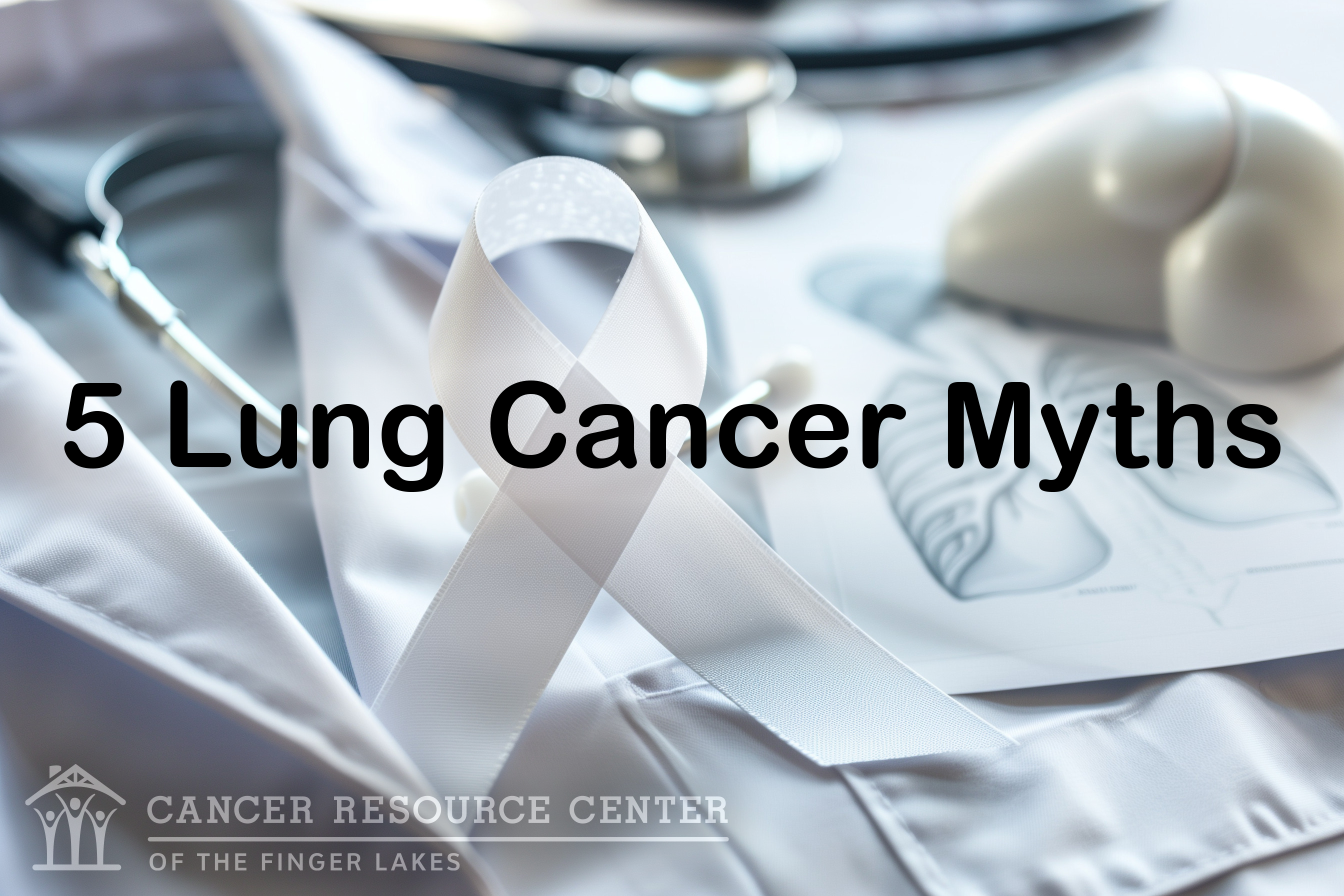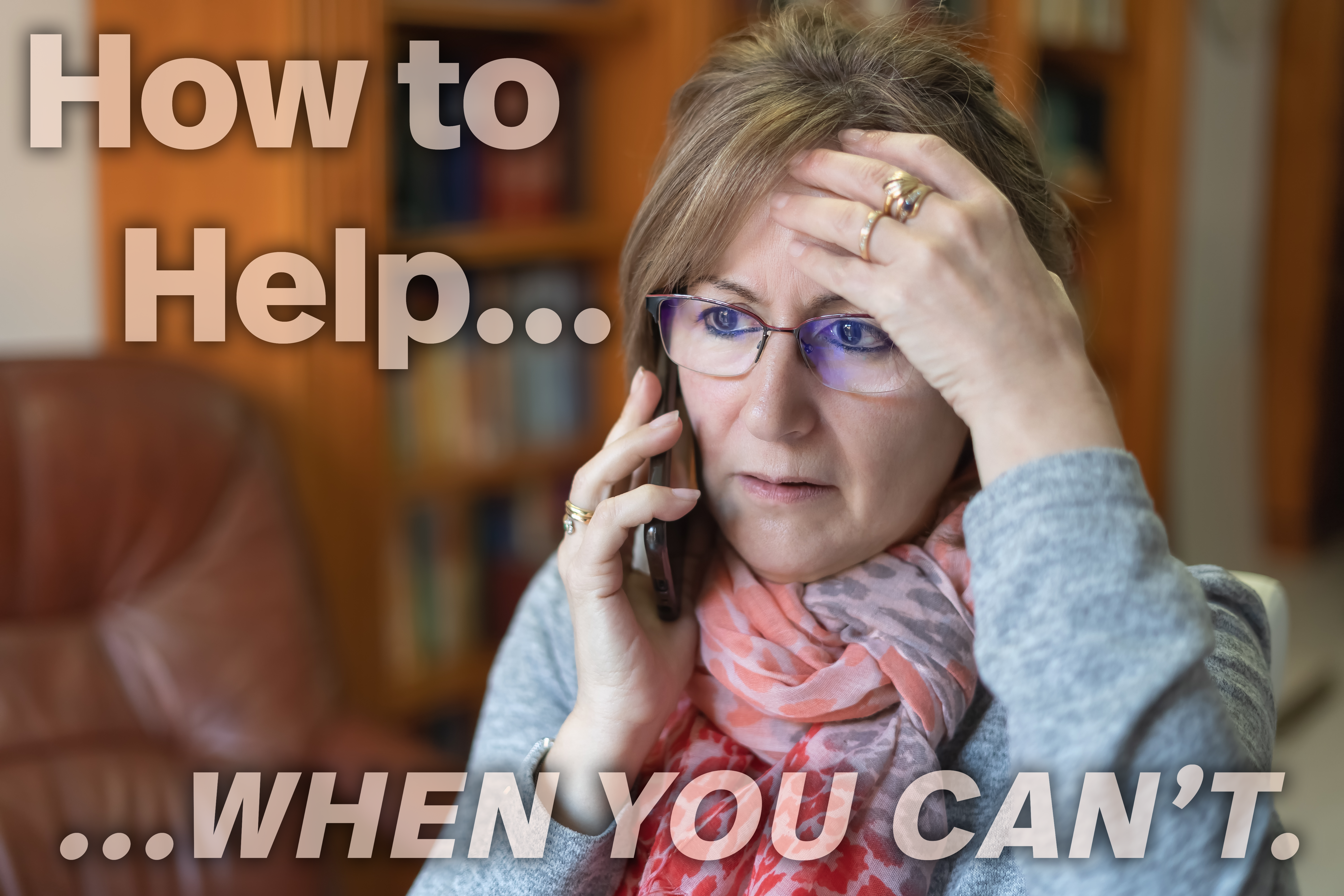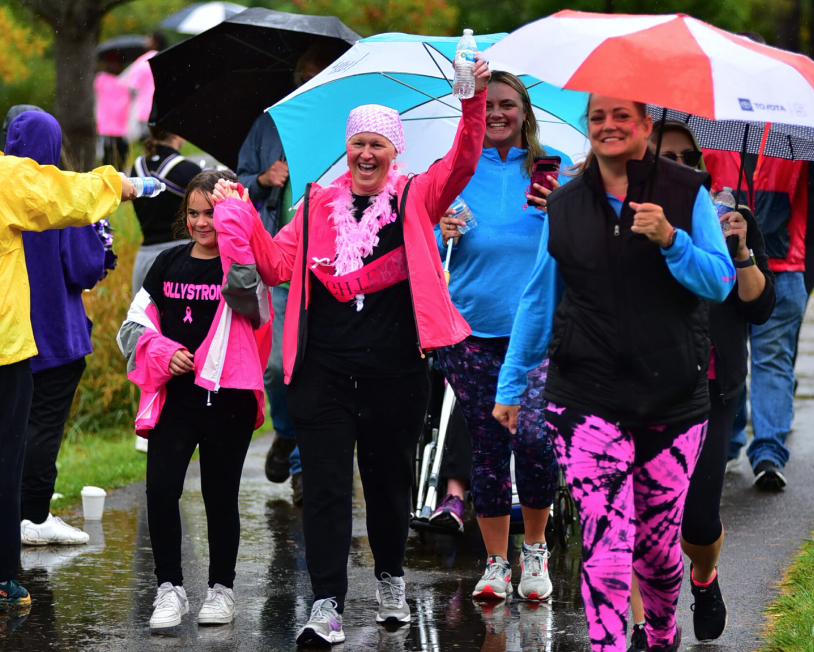My job is to listen to people affected by cancer and to help them however I can. With experience, I’ve come to understand that the periods of greatest stress and emotional turmoil are often predictable. When people come to my office, they’re usually at one of four periods of transition.
The first transition is the short time between being diagnosed with cancer and beginning treatment. People have to wrap their heads around a potentially life-threatening illness, and they’re typically overwhelmed with information and advice. They need to decide which treatment, if any, to pursue and are wondering if they should get a second or third opinion. Critical decisions have to be made when no one can say for sure which decision will turn out to be the “correct” one. High levels of stress during this phase are common.
The second transition is at the end of treatment. This seems counterintuitive, but most people are scared when they complete their last radiation therapy or chemo session. It’s often described as leaving the safety of the cocoon. People miss seeing their health professionals on a regular basis, and they worry about the cancer returning. One’s imagination goes into overdrive. A headache isn’t just a headache, it’s a brain tumor. And it takes more time than expected to bounce back and resume one’s previous life.
The first two transitions are almost universal. The next two occur only if cancer returns.
The third transition is at the time of a recurrence. When cancer returns, the focus of treatment generally shifts from curing the cancer to controlling the cancer. That’s a huge mental adjustment. As a friend recently said to me, “When I was first diagnosed with cancer, it was a bump in the road in my life. Now, I have advanced cancer and it IS the road in my life.”
The fourth transition occurs when people with advanced cancer get worse. They have to decide if they want to keep trying new treatments with the hope of living longer, or if they’d rather stop active treatment and focus on comfort and quality of life through hospice.
Living with cancer is never a straight line, but these four periods of transition are the times of greatest anxiety and uncertainty. If people with cancer anticipate these periods, perhaps the transitions will be a little less difficult. And if their loved ones are aware of the transitions, perhaps they will know when to be most available, most attentive, and most supportive.
From the Ithaca Journal.
Click here for all of Bob’s columns





